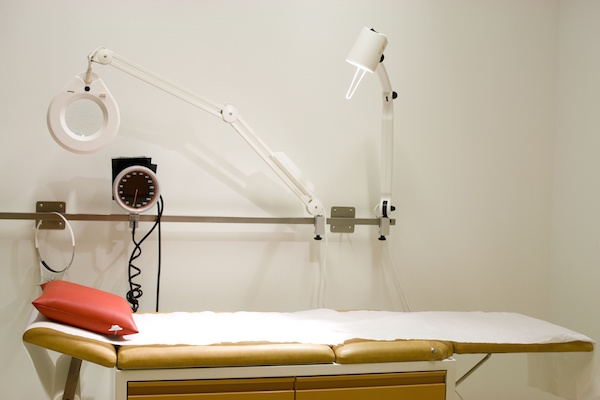
MONDAY, July 20, 2015 (HealthDay News) — Doctors, nurse practitioners and other health care workers who prescribe drugs may be helping to drive the overuse of antibiotics in the United States, new research suggests.
Experts have long warned that using antibiotics for illnesses for which they are useless — viral infections, for example — helps foster resistance by germs to these potentially lifesaving drugs.
In the new study, a team led by Dr. Barbara Jones, an assistant professor of internal medicine at the University of Utah, looked at data on more than 1 million patient visits for acute respiratory infections at 130 VA medical centers across the United States between 2005 and 2012.
According to the U.S. National Institutes of Health, acute respiratory infections include the common cold, bronchitis and ear infections — many of which are caused by viruses.
However, Jones’ team found that antibiotics were prescribed in more than two-thirds (68 percent) of clinic visits for these infections. In fact, prescriptions for antibiotics for these cases actually rose by 2 percent during the eight years of the study, the Utah team said.
There was also wide variation in the prescribing of antibiotics by doctors and other health care staff. At the high end, 10 percent of health care providers prescribed an antibiotic for 95 percent or more of their patients with a cold, bronchitis or other acute respiratory infection.
At the low end, 10 percent of health care providers prescribed antibiotics for 40 percent or fewer of their patients.
“We were able to see that even if Dr. A works just down the hall from Dr. B they may practice medicine very differently,” Jones said in a university news release.
The study also found a 10 percent increase in the proportion of broad-spectrum antibiotics (macrolides) prescribed, even though guidelines now recommend against them as a first line of defense for most respiratory infections.
The habits of individual health care providers accounted for 59 percent of the variation in how often antibiotics were prescribed, while differences in practice among clinics accounted for 28 percent, and differences in practice among hospitals accounted for 13 percent.
The findings suggest that differences between health care providers are a significant factor in antibiotic prescribing, more so than differences between patients or between practice standards at hospitals and clinics.
Health care professionals “all receive similar training, but we can practice differently. The extent of this variation has been hard to measure in the past,” Jones said.
“We’d like to use this research to start a conversation among providers and patients about antibiotic prescribing for [acute respiratory infections], and share the approaches of providers who are prescribing antibiotics less frequently with those who may be prescribing too often,” she said.
The findings were published July 20 in the Annals of Internal Medicine.
More information
The U.S. Centers for Disease Control and Prevention has more about antibiotics.
Copyright © 2025 HealthDay. All rights reserved.

